In the world of premium soy sauce, connoisseurs and chefs alike are beginning to challenge traditional notions of quality. For decades, grading systems have dominated consumer perception, with terms like "superior" or "first extract" implying hierarchy. Yet a quiet revolution is brewing in artisanal circles—one that prioritizes fermentation chronology over arbitrary classifications. The brewing date, long overshadowed by flashy grade labels, is emerging as the true north for discerning palates.
The industrialized production of soy sauce created an illusion that standardization equals excellence. Government-imposed grading systems, while useful for basic quality control, often reduce complex flavor profiles to simplistic metrics like nitrogen content. What these systems fail to capture is the living essence of traditionally brewed soy sauce—a product whose character evolves dramatically between its 18th and 24th month of fermentation. Artisan producers in Guangdong's Pearl River Delta report that clients now specifically request "mid-cycle" batches, recognizing how microbial activity peaks during specific fermentation windows.
Microbial terroir plays a crucial role that grading systems completely ignore. Unlike wine vintages that reflect annual weather variations, soy sauce's microbial ecosystem changes throughout the fermentation period. Early-stage batches (12-15 months) exhibit bright, almost citrusy notes from dominant Zygosaccharomyces strains, while late-stage fermentation (24+ months) develops profound umami as Tetragenococcus halophilus breaks down proteins. These temporal nuances explain why Japanese kaiseki chefs maintain relationships with brewers to access specific fermentation stages—a practice now spreading globally.
The grading system's focus on soluble nitrogen content (SNC) seems increasingly reductive when examining artisanal production. While SNC indicates protein breakdown, it says nothing about the balance of amino acids that create flavor harmony. Shunde-based master brewer Li Weizhong demonstrates this by comparing two batches: "The 18-month 'standard grade' has higher SNC, but my 22-month 'second grade' has better flavor integration because glutamic acid and leucine reached equilibrium later in fermentation." This phenomenon explains why Michelin-starred kitchens increasingly ignore grade labels, instead requesting brewing dates and microbial analysis reports.
Climate change has further undermined the reliability of grading systems. Rising temperatures in traditional fermentation regions like Xiamen have altered microbial behavior, causing some "premium" batches to develop overly aggressive salinity while mid-grade sauces from cooler months achieve better balance. Brewers adapting to these changes now track lunar cycles and atmospheric pressure during koji cultivation—variables never considered in industrial grading criteria. The most sought-after boutique producers have abandoned grade labeling altogether, adopting champagne-style "disgorgement dates" to indicate when fermentation was halted.
Consumer education is driving this paradigm shift. Specialty food shops in London and San Francisco now host soy sauce tasting flights organized by fermentation duration rather than grade. At Tokyo's National Fermentation Museum, interactive displays show how identical soybean mash transforms across 30 months through time-lapse microscopy. Such initiatives reveal what grades obscure: that soy sauce quality isn't static but exists on a flavor continuum shaped by time's alchemy.
The economic implications are profound. While industrial producers cling to grading for mass market appeal, small batch brewers report 300% price premiums for date-specific releases. A 2023 auction in Hong Kong saw a limited 28-month fermentation batch (technically "standard grade") fetch higher prices than "superior grade" industrial equivalents. This mirrors trends in specialty coffee, where harvest dates now command more attention than generic "premium" labels.
Regulatory bodies face mounting pressure to adapt. Korea's Food Ministry recently approved "fermentation duration labeling" as optional information, while Taiwan's artisanal brewers successfully lobbied to include brewing dates alongside mandatory grades. The EU's protected designation system may soon recognize time-fermented soy sauces similarly to aged balsamic vinegar. As this movement grows, the centuries-old grading system may become supplemental rather than definitive—a footnote to the more meaningful language of time.
For home cooks and professionals alike, this evolution invites rediscovery. That dusty bottle in your pantry labeled "premium" might disappoint compared to a freshly purchased "standard grade" with precise fermentation dates. As with great cheese or wine, true quality in soy sauce reveals itself not through bureaucratic classifications, but through the patient, invisible work of time and microorganisms—a reminder that some flavors cannot be rushed or standardized.
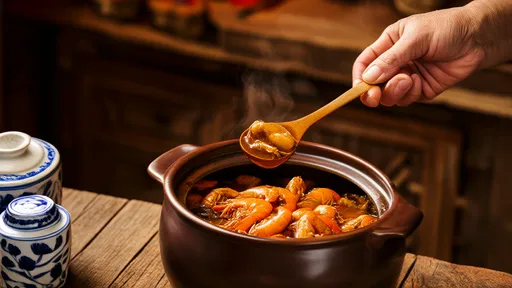
By /Aug 11, 2025
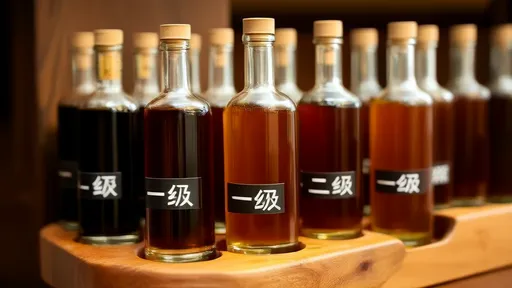
By /Aug 11, 2025
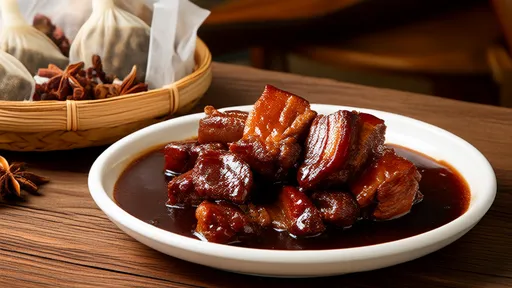
By /Aug 11, 2025
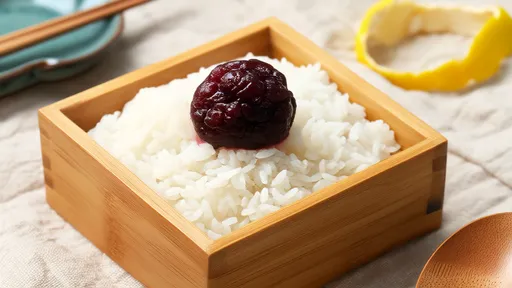
By /Aug 11, 2025

By /Aug 11, 2025

By /Aug 11, 2025
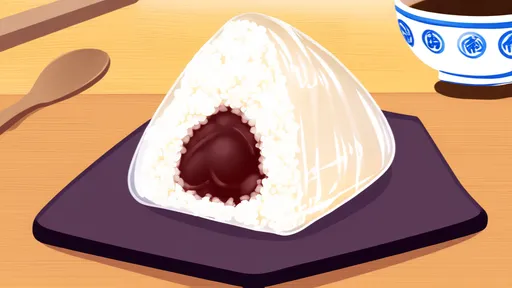
By /Aug 11, 2025

By /Aug 11, 2025

By /Aug 11, 2025

By /Aug 11, 2025

By /Aug 11, 2025

By /Aug 11, 2025

By /Aug 11, 2025

By /Aug 11, 2025
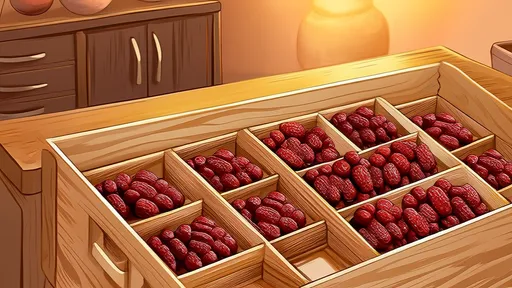
By /Aug 11, 2025
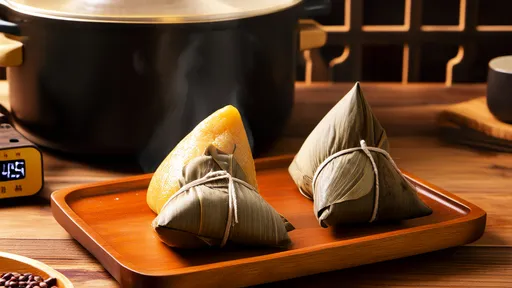
By /Aug 11, 2025
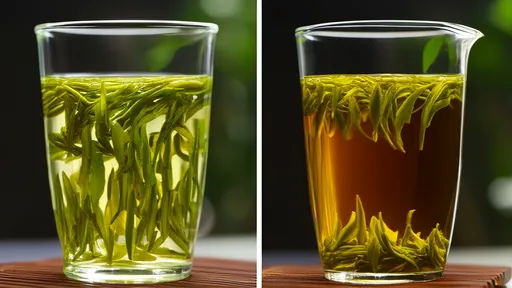
By /Aug 11, 2025
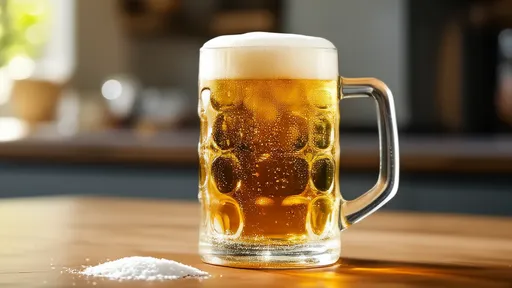
By /Aug 11, 2025

By /Aug 11, 2025

By /Aug 11, 2025